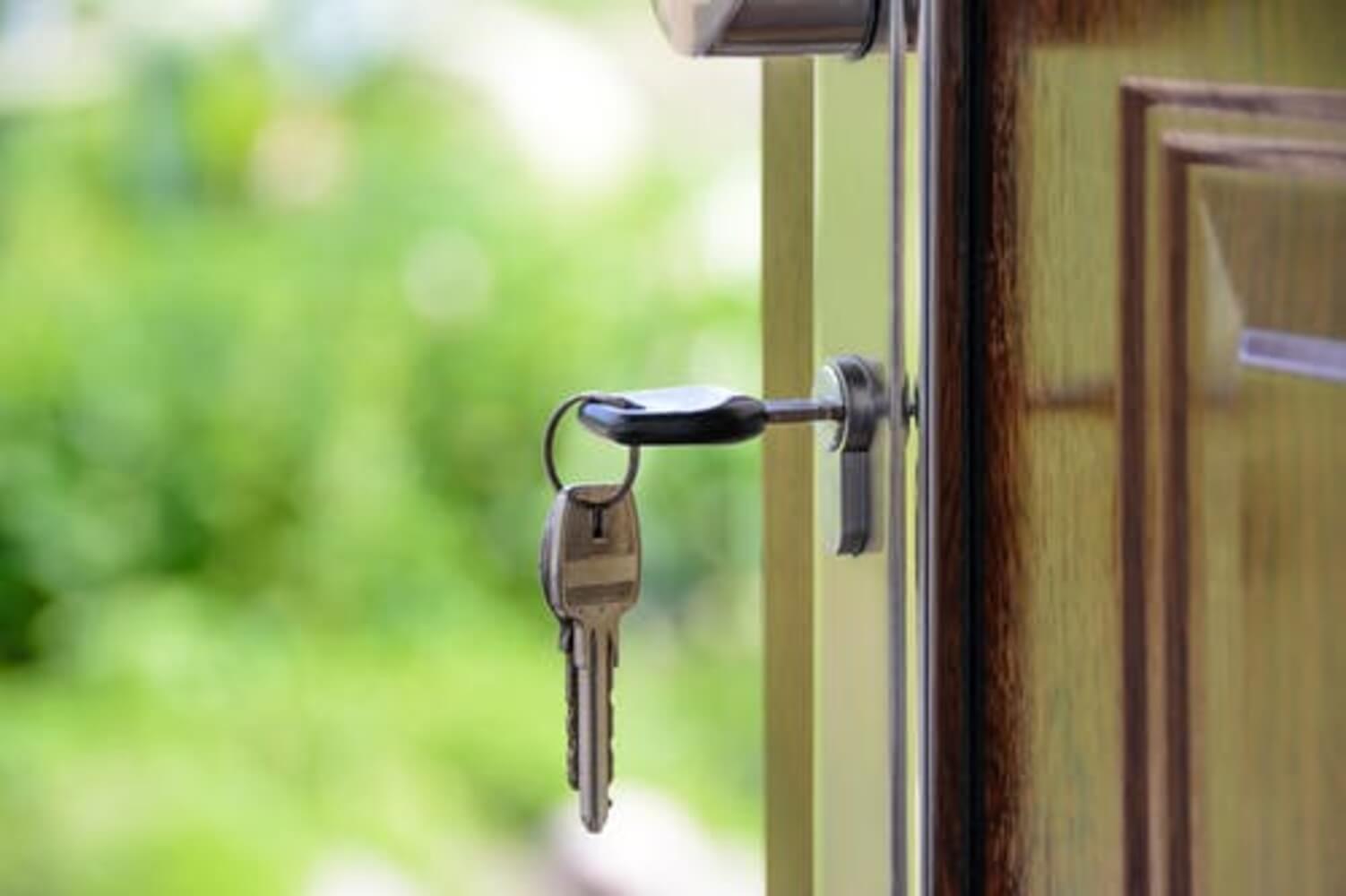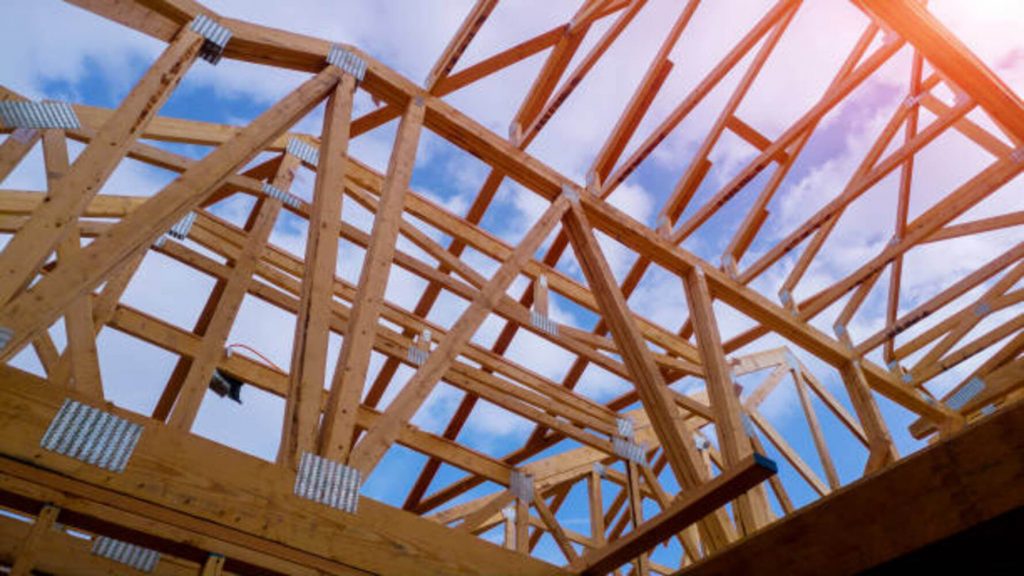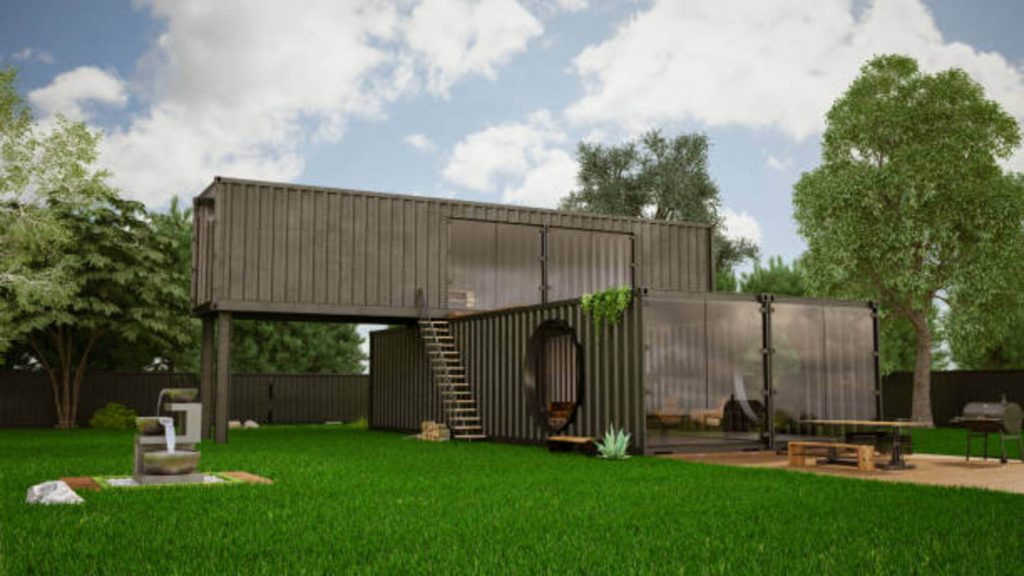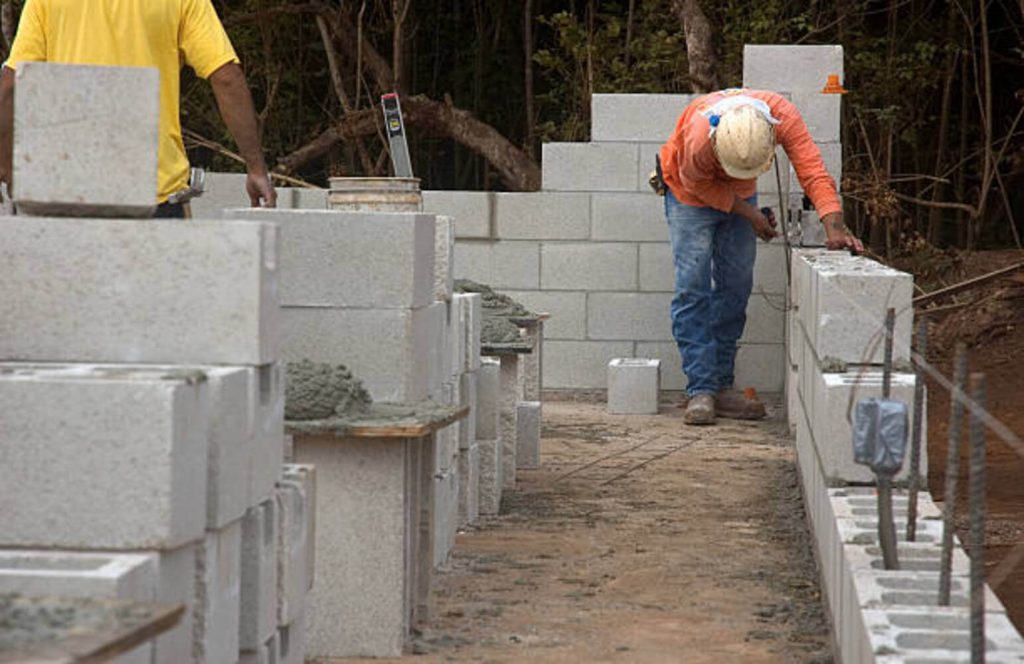3 Different Ways to Build Your Own Home

August 9, 2021 By aclpppo Home Materials
The joy of having your first house built is hard to put into words. Yes, it can be intimidating but remember that you’ve been waiting for this moment for so long. The feeling of walking through the door as a homeowner for the first time is something you’ll never forget. However, you have to undergo the grueling process of home building first before reaping the rewards. In this article, you’ll learn three of the most effective ways to make your dream house a reality.
1. Traditional Stick Framing
Since time immemorial, stick framing has been the most common method of home construction. The principle is to connect a series of wooden beams in different configurations to form the skeletal structure of a house.
Unless you’re building a mansion, traditional stick framing can be done without power tools or heavy machinery. However, it does require considerable planning and a lot of manpower if you want it done fast.
The process typically consists of two (sometimes three) layers. The first one is laid on the ground and acts as a base for what will be your floor. The second layer, or studs, are placed on top of the first frame to form the walls. This entire structure is then sheathed in a layer of plywood before the roof and floors are installed. Finally, you’ll need to seal the gaps between your boards with insulation or foam for energy efficiency.
Some contractors will also add planks on top of the studs that can be removed later as needed for wiring, plumbing, and insulation. While it might be more expensive since everything is made from scratch, know that stick framing has been tested and proven over the years. You can’t go wrong with this method.

2. Prefabricated Home
Another construction method that’s becoming more popular nowadays is prefabricated homes. Actually, it’s been widely used in Europe since the 1950s, but the trend has recently just taken off in North America.
A prefabricated home is just as the term implies. The house is already built in a factory, and the parts are assembled together on the designated site. These houses come together quickly – often with just two or three workers making them together with the assistance of a crane.
The upside to prefabricated homes for you as the owner is that they come with warranties. So you’ve got yourself assurance for the coming years! Plus, these houses tend to be energy-efficient. Since the sections have already been tested to fit each other, the tight seams ensure that energy doesn’t leak outside. Lastly, prefab homes are way cheaper than stick-framed ones since they require less labor over a shorter period of time.
On the downside, prefabs can’t be customized because they’re already designed by an outside company and shipped with all the required fixtures. It can also be challenging to set up utilities if the site it’s built on is uneven. You will have to consider these before proceeding with the operation.

3. Masonry
Last but not least on this list, masonry. It’s almost as ancient of a technique as stick framing. There are a few different approaches for this type of construction, but the most popular is brick and concrete block. This method requires extensive labor since each block has to be manually laid on top of the other.
One advantage of masonry is that it is very durable and fire-resistant. It’s also known to last for generations, while most other materials will wear out over time. On top of that, you will save on materials since mortar isn’t as expensive and it doesn’t require special equipment to mix. However, this means you’ll have to hire more workers to progress faster.
The downside to masonry houses is that they take longer than prefab ones to complete. The average time to build brick and concrete homes is about 12 – 14 months. In contrast, the prefab method takes only about four to six months. Another drawback of masonry construction is that it’s difficult to make additions since you’ll have to tear down the already cemented structures. You will have to stick with the original plan once it’s implemented.

Wrapping Up
Every constructed method has its own advantages and flaws. In the end, you will have to make considerations based on your desire, time constraint, and budget. One final piece of advice is not to rush things. Building a house is a process. Take your time to plan and execute. In the end, you and your family will be the ones living there, after all.

